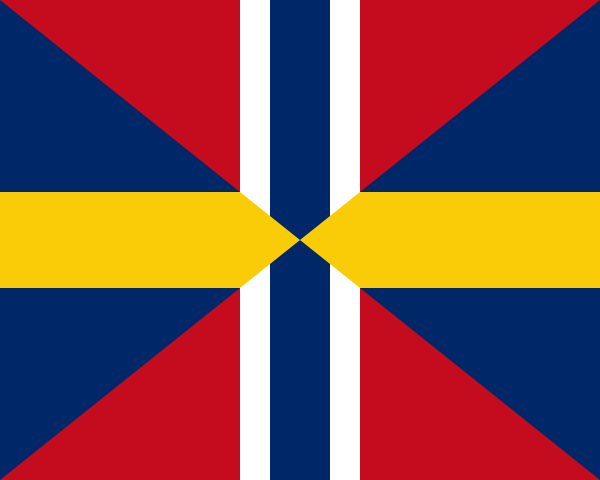
All of our Scandinavian immigrant ancestors grew up in the United Kingdom of Sweden and Norway (1814 – 1905).
Conventionally, Norwegians and Swedes used a patronymic system. Each person was identified by his / her first name and then his / her father’s first name. The name “Ole Hansen” literally meant “Ole, Hans’s son”. A woman would have a name like “Maria Jonsdotter”, and this name would not change upon marriage. For these reasons, there are no Scandinavian family names that stretch back through the generations.
The correct spelling of “son” is “sønn” in Norwegian and “son” in Swedish. However, the most common spelling in Norway was the Danish -sen, as Norway was integrated with Denmark c. 1523 – 1814. In Swedish, it was much more common to use the possessive “s”, -sson. 1.
The correct spelling of “daughter” is “datter” in Norwegian and “dotter” in Swedish.
Since everybody basically shared the same few names, many people informally used the name of the farm on which they lived to provide further identity. If Ole grew up on the Fagerland Farm, he would go by the name of Ole Hansen Fagerland, or “Ole, Hans’s son, from Fagerland Farm.” Thus, several unrelated families could have the same farm name. It was also complicated that a family’s name could change when they moved to a different farm.
Around 1870, the Scandinavian countries started to standardize their nomenclature. During that generation, the “-datter” suffix was eliminated and women were given the suffix “-son”. About 1900, Scandinavian names were “frozen” into perpetual family names. Each family had the choice of keeping the father’s “-son” name or the family farm name. Most rural families kept their farm name. This name would then be passed on to wives and children. These naming conventions and laws are described at this Ancestry.com page.
Scandinavian-American immigrants tended to keep up with the changes back in their home countries, especially since Americans also used fix surnames. As if the original naming system were not challenging enough, the changes of many individuals’ names in 1870 – 1900 created a lot of confusion. Due to this transition, some ancestors got “lost” to their genealogist descendants for generations.
- Nancy Coleman, co-author of “A Handbook of Scandinavian Names”, in a forum thread of 9/16/15, NorwayHeritage.com ↩